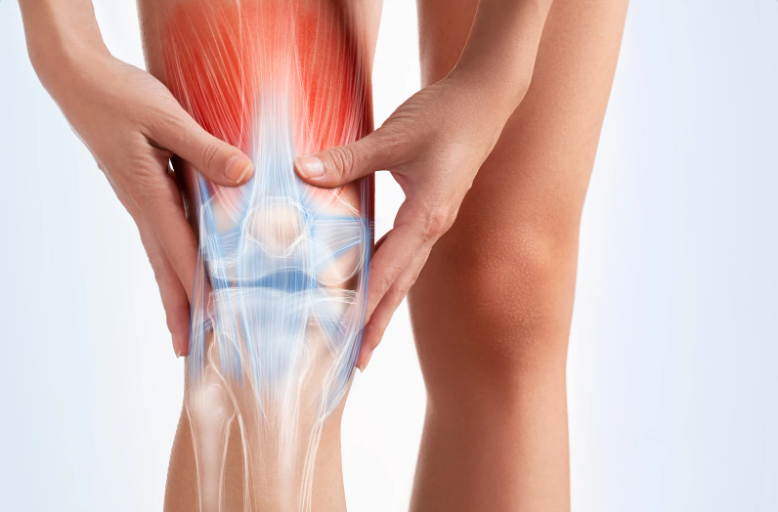
As we age, it is normal to feel different aches and pains in our body where we might not have before. Our muscles, joints, and bones go through several changes that result from the normal wear and tear of movement. One of the most common reasons for pain in the joints is arthritis. Arthritis and knee pain are closely associated together, but all of the major joints can be affected. The condition is prevalent in fingers, wrists, elbows, shoulders, hips, knees, ankles, and toes.
However, when do you know that pain in your knee is arthritis?
Common Causes for Knee Arthritis
Although it affects an estimated 1 in 4 adults in the US, not everyone develops osteoarthritis in their lifetime. So, what’s the cause?
Through wear-and-tear, the cartilage between the the bones in the knee joint wear away. If the layer of padding between the bones wears too thin, then the bones can begin rubbing against each other. This is what causes arthritic pain. Unfortunately, the cause is rather unknown regarding why some people get it and some people don’t. There are certain risk factors that can contribute to a higher chance of developing arthritis in the knee, including:
- Age
- Bone anomalies
- Gout
- Injuries
- Joint stress, or consistent, intense usage of the joint
- Weight
There is no one factor that doctors can say officially cause osteoarthritis. When it comes to diagnosing arthritis and knee pain, however, if you display any of the above risk factors, it is likely that you’ll be tested for osteoarthritis.
Symptoms of Arthritis in the Knees
The signs and symptoms of arthritis often include pain in or around the knee. However, there are several other signs and symptoms of osteoarthritis in the knee joint, including:
- Creaking, clicking, grinding, or snapping noises in the joint
- Difficulty walking
- Weather-dependent joint pain
- Stiffness in the joint
- Knee buckling
- Progressive knee pain
- Redness around affected area
- Swelling
Diagnosing Knee Pain and Arthritis
Osteoarthritis can be diagnosed in several different ways, but it almost always starts with a physical examination and consideration of your medical history. During the exam, your doctor might ask you about any symptoms you’ve noticed. They also may guide you through a series of movement tests to see:
- Your knee pain levels,
- the range of motion in the knee joint and/or patellofemoral joint,
- leg muscle strength and stability,
- the presence of any joint swelling or tenderness, or
- your gait.
If there is no diagnosis made during the physical exam, your doctor might order blood tests to test for genetic markers/RA antibodies or an X-ray, which can show bone spurs, cysts, and how narrow the joint space is in the knee. In some cases, joint aspiration, or drawing out and testing the synovial fluid in the knee joint.
Experiencing Knee Pain in Louisville, KY? Come See Orthopaedic Surgeon Dr. Stacie Grossfeld.
Knee pain is no joke as the knee joint is a major weight-bearing joint that we use every day. If you are experiencing pain and expect it to be arthritis, then it is best to get a diagnosis and work with a doctor to develop a treatment plan. Depending on what stage your arthritis is, that can be anything from a diet or other lifestyle changes to a joint replacement.
Dr. Stacie Grossfeld at Orthopaedic Specialists is an expert in knee injuries, knee pain, and knee surgery. If you need a knee doctor, call us today to make an appointment!
If you or someone you love has suffered a knee injury in the Louisville, Kentucky-area, board certified sports medicine physician Dr. Stacie Grossfeld at Orthopaedic Specialists PLLC can help. Orthopaedic Specialists PLLC is accepting new patients, and same day appointments are available. For additional information or to schedule an appointment, please contact Orthopaedic Specialists PLLC today at 502-212-2663.

Recent Comments